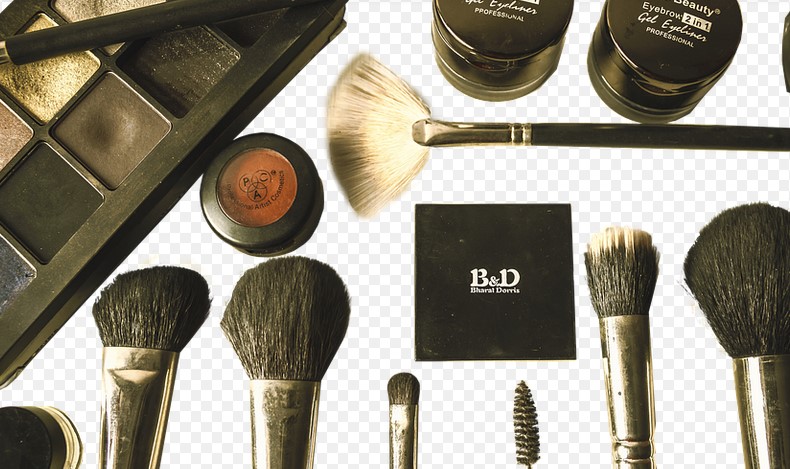Introduction
Keloid is a common skin condition that occurs when there is excessive growth of scar tissue. It can happen to anyone, but it is more common in people with darker skin. Keloids can be itchy and painful, and they can cause emotional distress. One of the main causes of keloid is the breakdown of collagen, a protein that gives skin its strength and elasticity. In this article, we will discuss what kills collagen in keloid and how to prevent it.
What is Collagen?
Collagen is a protein that is found in the skin, bones, and other connective tissues in the body. It is responsible for providing strength and elasticity to the skin, and it helps to keep it looking youthful and healthy. Collagen is produced by special cells called fibroblasts.
What Causes Collagen Breakdown in Keloid?
When the skin is injured, the body produces collagen to help repair the damage. However, in some cases, the collagen production goes into overdrive, leading to the formation of keloids. In keloids, the collagen fibers are arranged in a disorganized manner, making them thick, raised, and itchy. There are several factors that can contribute to the breakdown of collagen in keloid:
1. Genetics
Keloid tends to run in families, indicating that there is a genetic component to its development. People with a family history of keloids are more likely to develop them themselves. It is believed that certain genes may make some people more susceptible to keloid formation.
2. Inflammation
Inflammation is a natural response of the body to injury or infection. However, chronic inflammation can lead to the breakdown of collagen in the skin. In keloid, the inflammation persists for a long time, leading to the formation of thick, raised scars.
3. Hormonal Imbalances
Hormonal imbalances can also contribute to the breakdown of collagen in keloid. For example, women may be more prone to keloid formation during pregnancy or menopause when their hormone levels are fluctuating.
4. Trauma
Trauma to the skin, such as cuts, burns, or surgery, can trigger the formation of keloids. The more severe the trauma, the more likely it is that a keloid will form.
How to Prevent Collagen Breakdown in Keloid?
Preventing collagen breakdown in keloid is essential for preventing the formation of thick, raised scars. Here are some tips to help you maintain healthy collagen levels in your skin:
1. Protect Your Skin from Sun Damage
Exposure to UV rays from the sun can damage collagen fibers in the skin, leading to premature aging and the formation of wrinkles. Protect your skin from sun damage by wearing protective clothing and using a broad-spectrum sunscreen.
2. Eat a Healthy Diet
Eating a healthy diet that is rich in vitamins and antioxidants can help to support collagen production in the skin. Include plenty of fruits, vegetables, and lean protein in your diet.
3. Manage Stress
Stress can lead to the breakdown of collagen in the skin, so it is important to manage stress levels. Practice relaxation techniques such as meditation, yoga, or deep breathing.
4. Use Collagen Supplements
Collagen supplements can help to support collagen production in the skin. Look for supplements that contain collagen peptides, which are easily absorbed by the body.
Conclusion
Keloid is a common skin condition that is caused by the breakdown of collagen in the skin. There are several factors that can contribute to collagen breakdown in keloid, including genetics, inflammation, hormonal imbalances, and trauma. However, there are steps you can take to prevent collagen breakdown, such as protecting your skin from sun damage, eating a healthy diet, managing stress, and using collagen supplements. By taking care of your skin, you can prevent keloid formation and maintain healthy, youthful-looking skin.

